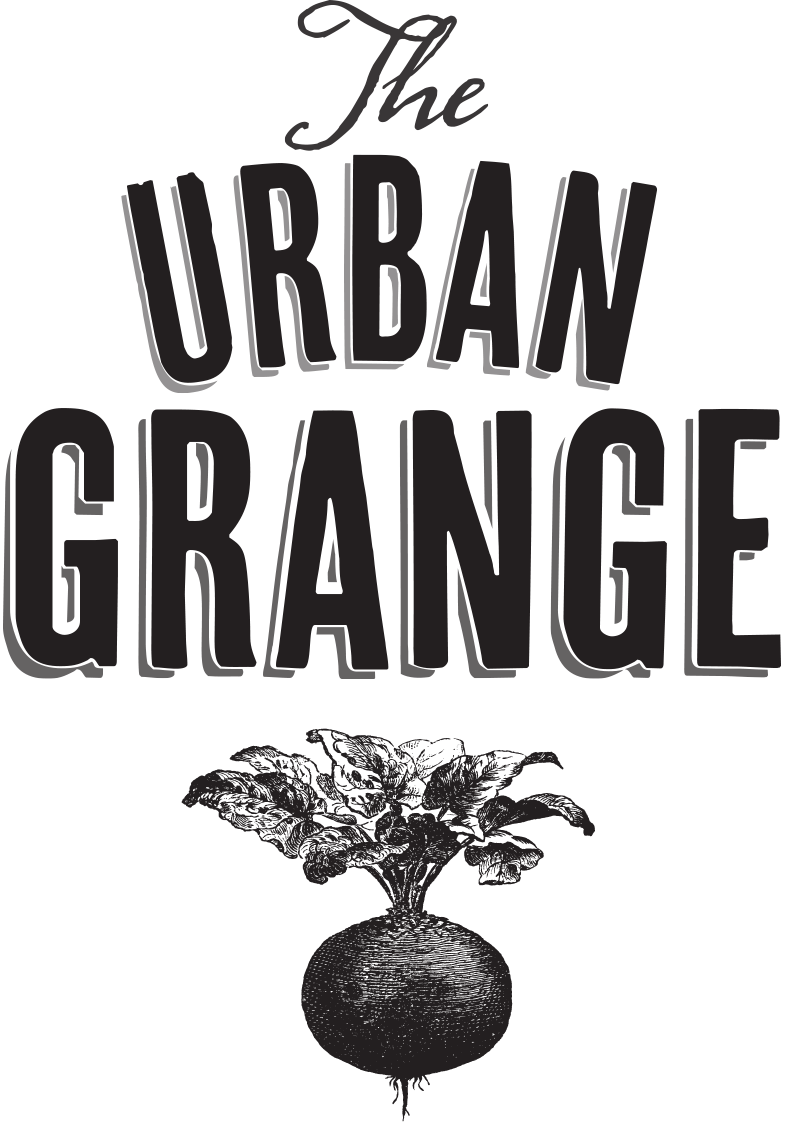
potato barrel
Growing spuds in pots, barrels or bins, rather than in open ground, cuts labour to almost nothing, and the harvest should be blemish-free and beautiful. You may not be able to be self-sufficient in potatoes with this growing method, as yields tend to be lower, but pick the right varieties and you'll be eating gourmet tubers you can't buy in the shops.
You’ll need to pick out a container such as a 50-gallon trash barrel or one of those half whiskey barrel planters. Alternatively, you can buy used food-grade barrels or commercially-available potato planters. Just about any 2 to 3-foot tall container will work, but be sure to select a container that either already has holes in it, or is okay to cut holes in. Next you’ll want to clean your container with a mild bleach solution to get out any of the nasties that have been lingering in there.
Good drainage is critical for the cultivation of healthy potatoes so you’ll want to cut or drill a series of large drainage holes in the bottom and bottom sides of your container. Alternatively, you can cut out the bottom altogether and place it on a well-drained surface like your garden bed.
If you don’t have a 50-gallon trash barrel or a half whiskey barrel then consider the a burlap coffee bean bag which will eliminate the need to cut holes in the container for good drainage. However, be aware that it will disintegrate at the end of the season so it is one time deal.
Early spring is the time of year to buy seed potatoes (tubers that have been specially prepared for planting and are pest- and disease-free) and get them ready for planting. Lay the tubers in a seed tray in a cool but frost-free, dry, light place such as a windowsill in an unheated room or shed until you're ready to plant – and don't worry if they don't sprout.
Some great varieties for the Canadian climate include: Russian Blue (which withstand dry conditions better than most.), Kennebec (the best potato variety for making French fries) and Yukon Gold (a good all round potato).
Late blight can a big problem for spuds, notably for some heritage varieties, but container culture may, in fact, improve your chances. It is a good practice to keep foliage dry by siting containers in a sheltered spot during rainy periods.
Start your potatoes in March and April. Planting itself is simple. Place a few centimetres of gravel in the base of the container to assist drainage, then add 10cm of multipurpose compost or garden soil enriched with homemade compost or chicken pellet fertilizer. Put the tubers on top, cover with another 10cm layer of compost, and water well. Once the stems are a few centimetres tall, add another layer of compost, and repeat as the plants grow, until you get 5cm from the top of the pot. Keep watered and apply an organic liquid fertilizer such as Strathcona 1890's Plant Tonic or Kelpman's Liquid Kelp.
The crop should be ready when the plants begin to turn yellow and die back, but if you're not sure, dig around in the compost with your hands and feel for the nearest tuber to see if they are ready.

